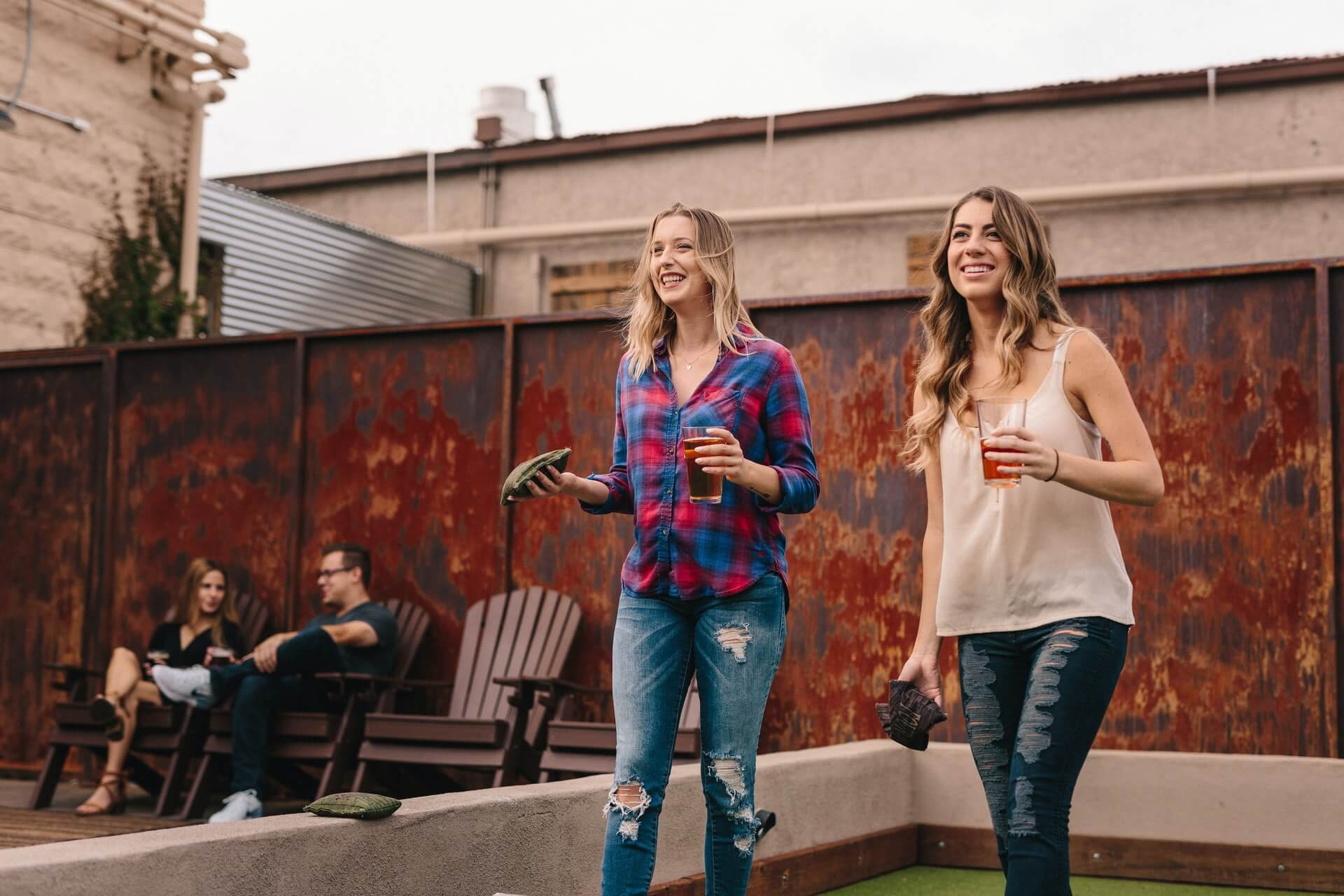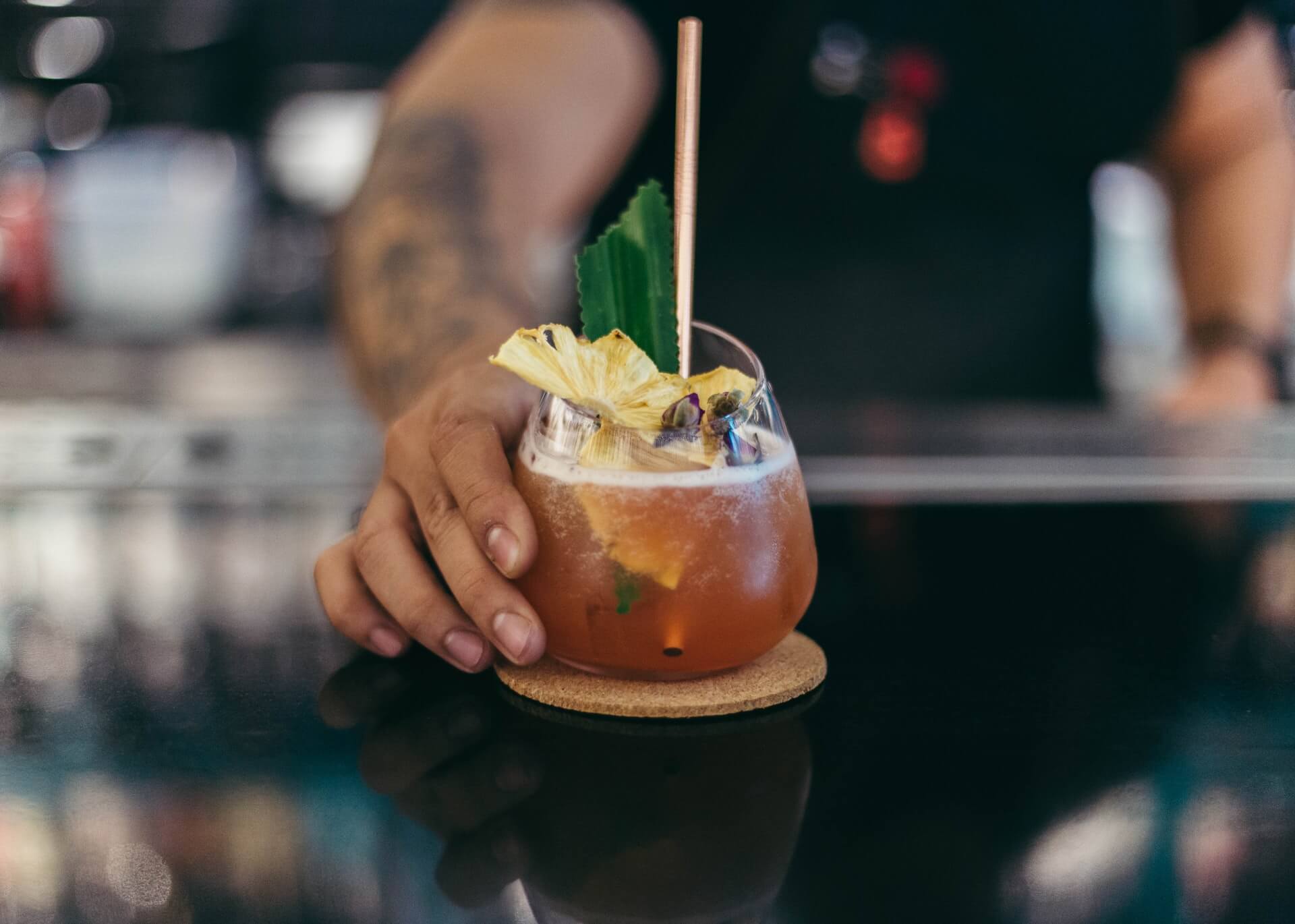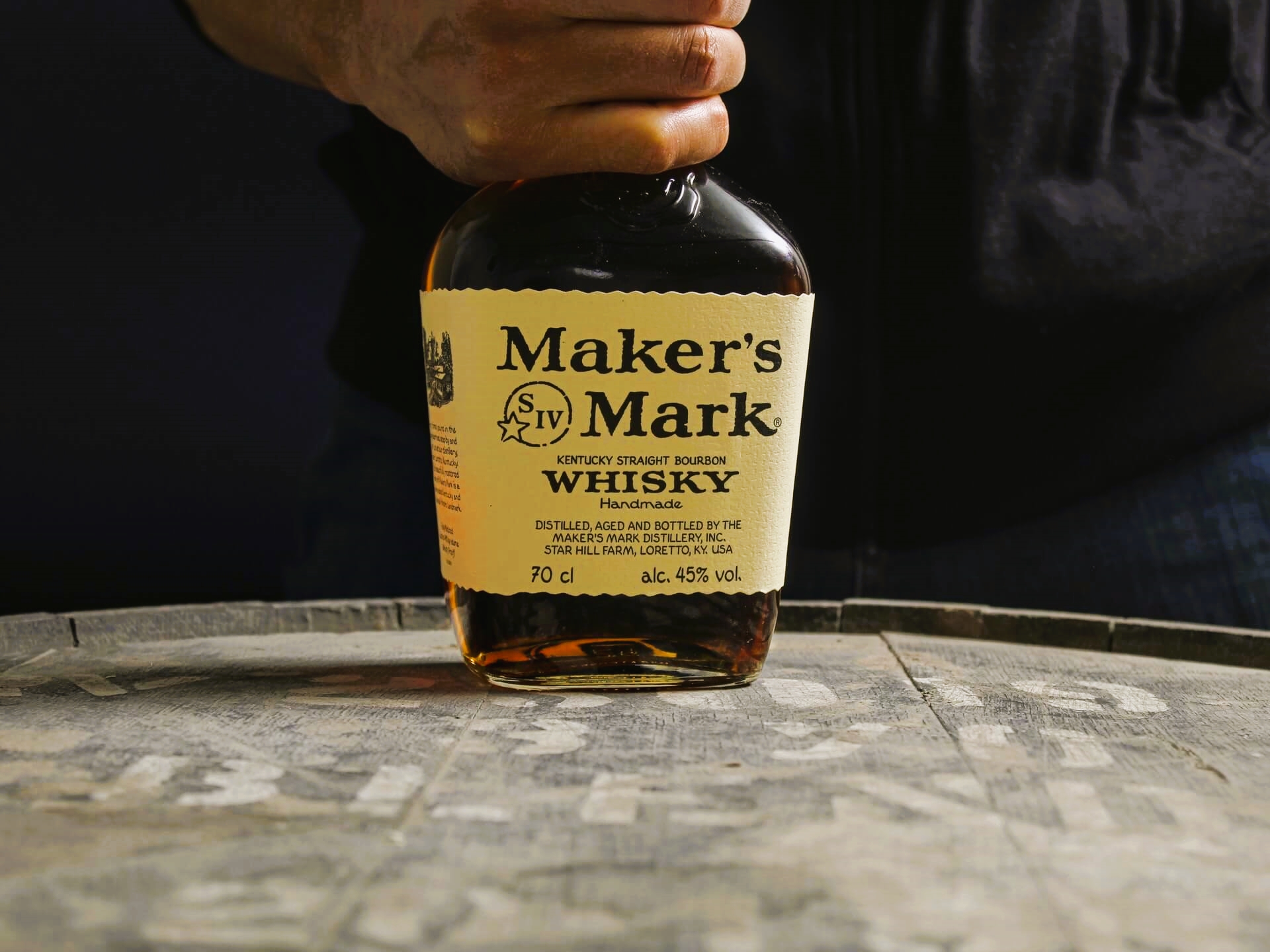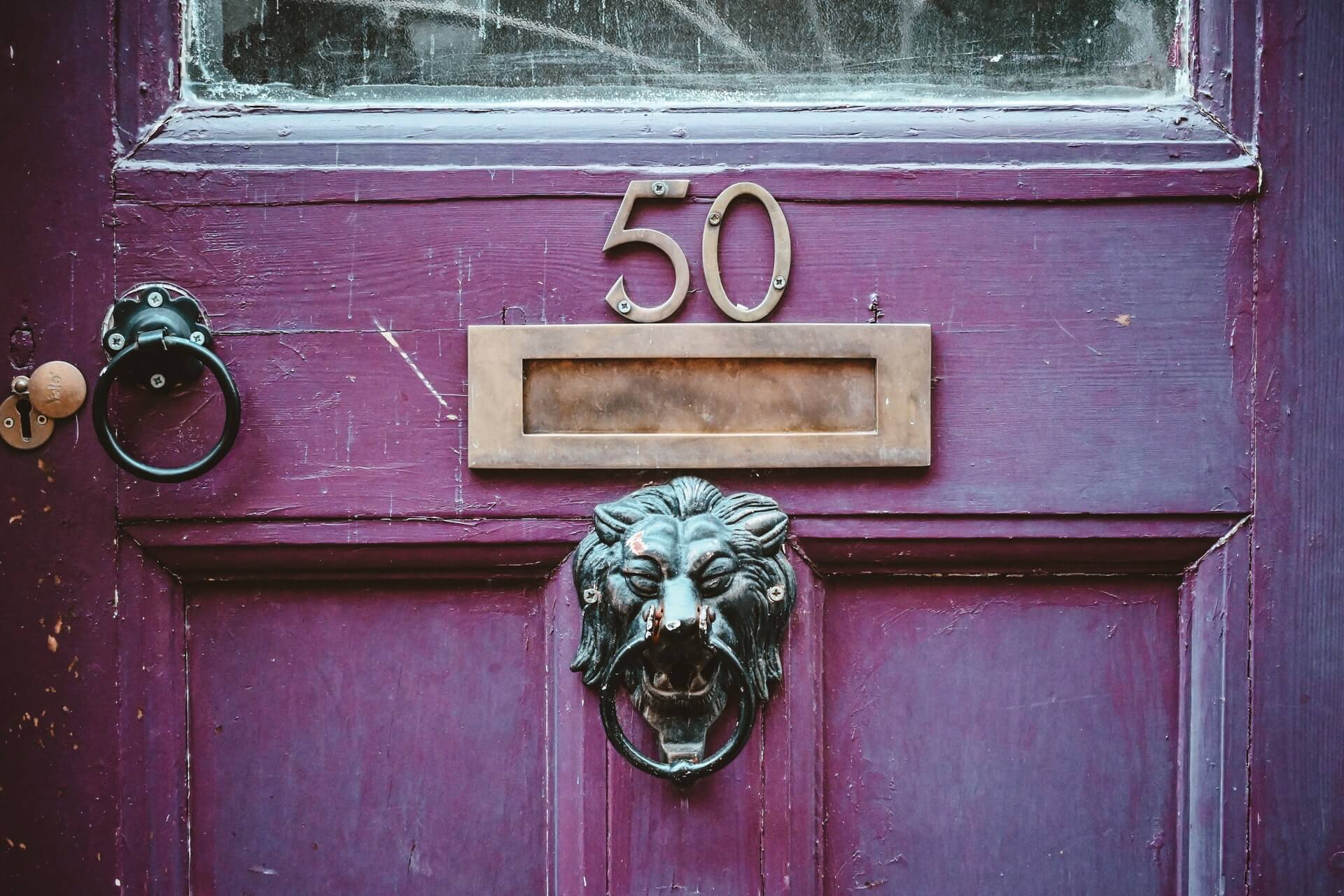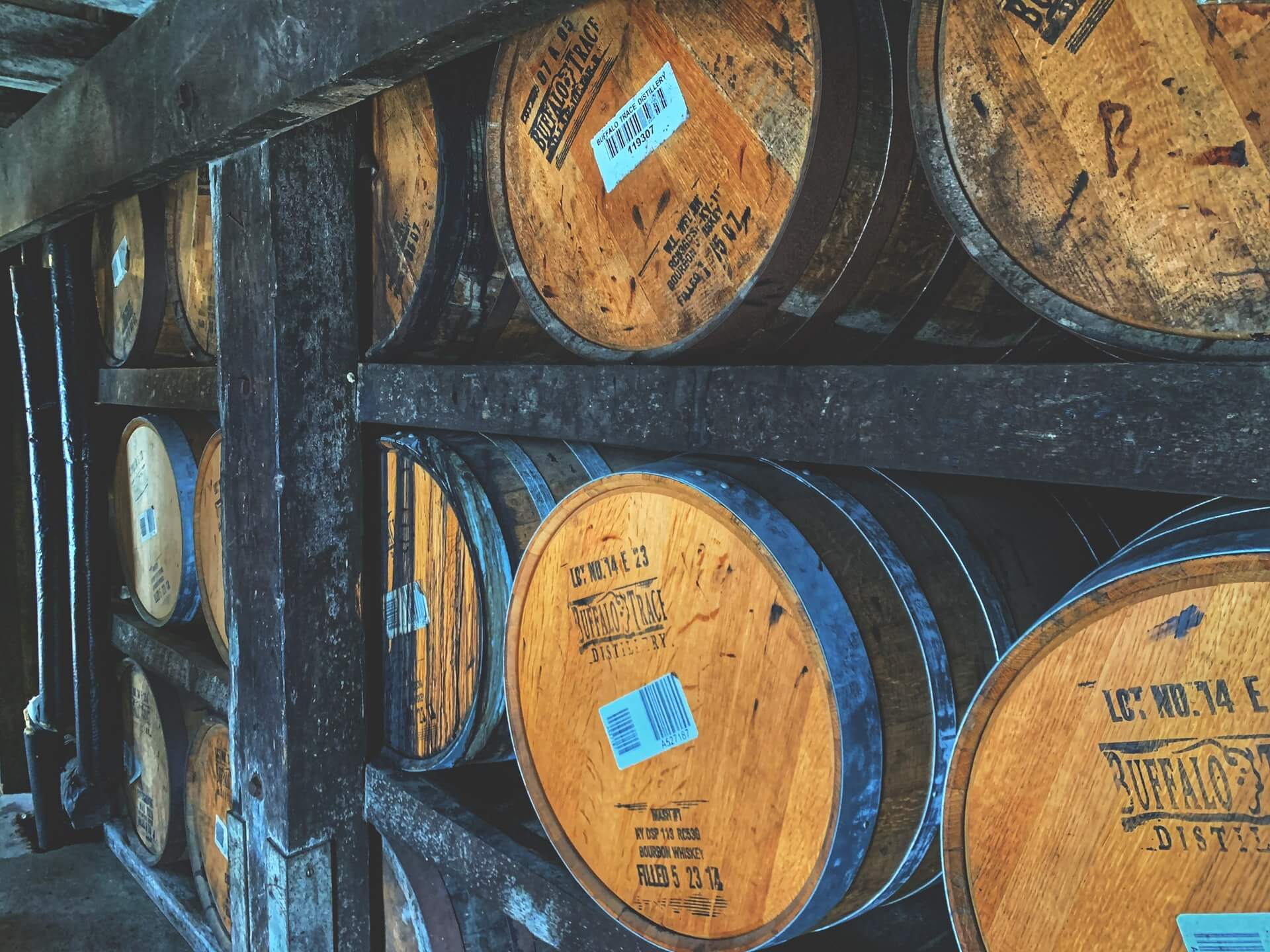Tales Announces Top Four Spirited Awards Finalists
by David Klemt
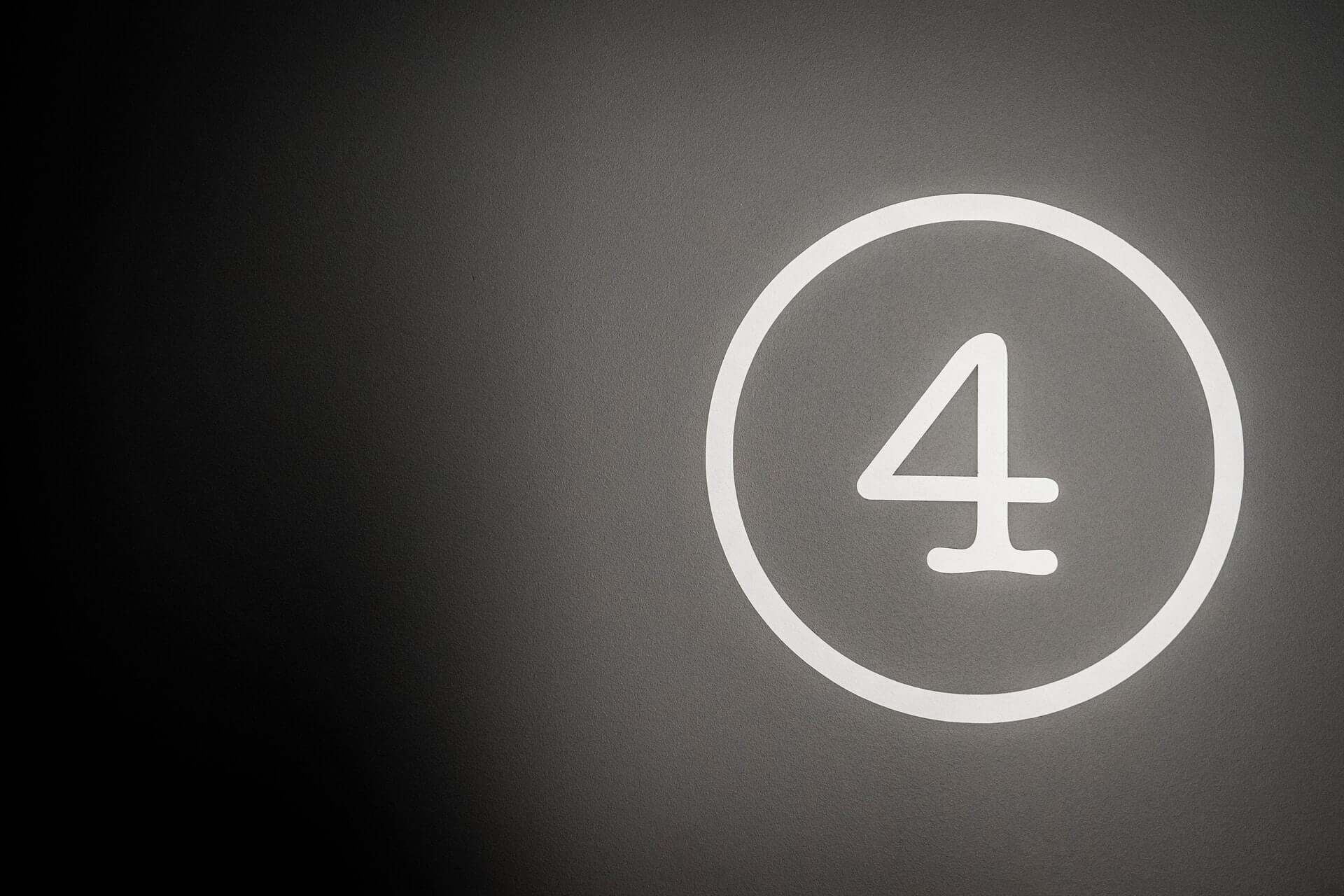
It’s official: The Tales of the Cocktail Foundation announces the top four finalists in each of the 2022 Spirited Awards categories.
I don’t envy the judges who have to narrow down the top ten nominees to the top four finalists. Equally as daunting: deciding on the winner of each award in each category.
We’ll know who’s taking home each Spirited Award in just over a month. The ceremony will take place on Thursday, July 28 at the Ritz-Carlton, New Orleans. For those attending the 20th anniversary Tales of the Cocktail, the Ritz-Carlton is this year’s headquarters hotel.
Purchase Spirited Awards tickets here, and check out the digital playbill here.
See you at Tales, y’all! Cheers.
US Categories
US Bartender of the Year presented by Del Maguey
- Josh Davis (16th Street Bar, Chicago, IL)
- Chris Hannah (Jewel of the South, New Orleans, LA)
- Masahiro “Masa” Urushido (Katana Kitten, New York, NY)
- Christine Wiseman (BarLab Hospitality Group, Miami, FL)
Best US Bar Mentor presented by BarSmarts
- Meaghan Dorman
- Sean Kenyon
- Nectaly Mendoza
- Jeffrey Morgenthaler
Best US Brand Ambassador presented by Libbey Glass
- Chris Cabrera (Bacardí USA)
- Tad Carducci (Gruppo Montenegro)
- Vance Henderson (Hendrick’s Gin)
- Lynn House (Heaven Hill)
Best US Bar Team presented by William Grant & Sons
- Half Step (Austin, TX)
- Jewel of the South (New Orleans, LA)
- Katana Kitten (New York, NY)
- The Roosevelt Room (Austin, TX)
Best US Cocktail Bar presented by Absolut Vodka
- Bar Goto (New York, NY)
- Katana Kitten (New York, NY)
- The Roosevelt Room (Austin, TX)
- Thunderbolt (Los Angeles, CA)
Best US Hotel Bar presented by Grey Goose
- Dear Irving on Hudson at the Aliz Hotel (New York, NY)
- Hey Love at The Jupiter (Portland, OR)
- Little Rituals at the Residence Inn/Courtyard by Marriott (Phoenix, AZ)
- Silver Lyan at the Riggs Washington DC (Washington, DC)
Best US Restaurant Bar presented by Maison Ferrand
- Café La Trova (Miami, FL)
- Cleaver: Butchered Meats, Seafood & Classic Cocktails (Las Vegas, NV)
- Jewel of the South (New Orleans, LA)
- Kumiko (Chicago, IL)
Best New US Cocktail Bar presented by Aviation Gin
- Double Chicken Please (New York, NY)
- Happy Accidents (Albuquerque, NM)
- Temple Bar (New York, NY)
- Yacht Club (Denver, CO)
International Categories
International Bartender of the Year presented by Patrón
- Lorenzo Antinori (ARGO / Four Seasons Hotel & Resorts, Hong Kong, China)
- Keith Motsi (Charles H. Seoul at the Four Seasons Hotel, Seoul, South Korea)
- Rémy Savage (🔶🟥🔵 A Bar with Shapes for a Name, London, UK)
- Matt Whiley (RE, Sydney, Australia)
Best International Bar Mentor presented by Lyre’s Non-Alcoholic
- Monica Berg
- Renato “Tato” Giovannoni
- Lauren Mote
- Agostino Perrone
Best International Brand Ambassador presented by Lyre’s Non-Alcoholic
- Martin Hudák (Mr. Black Spirits)
- Daniyel Jones (House of Angostura)
- Ricardo Nava (Bacardí Latin America)
- Nicola Riske (The Macallan)
Best International Bar Team presented by House of Angostura
- ALQUÍMICO (Cartagena, Colombia)
- MAYBE SAMMY (Sydney, Australia)
- The Clumsies (Athens, Greece)
- Two Schmucks (Barcelona, Spain)
Best International Cocktail Bar presented by Tequila Fortaleza
- MAYBE SAMMY (Sydney, Australia)
- Satan’s Whiskers (London, UK)
- Tayēr + Elementary (London, UK)
- Two Schmucks (Barcelona, Spain)
Best International Hotel Bar presented by Perrier
- Charles H. Seoul at the Four Seasons Hotel (Seoul, South Korea)
- Fifty Mils at the Four Seasons Hotel (Mexico City, Mexico)
- Lyaness at Sea Containers London (London, UK)
- The American Bar at The Stafford London (London, UK)
Best International Restaurant Bar presented by Tales of the Cocktail Foundation
- Danico (Paris, France)
- Le Mary Celeste (Paris, France)
- Pujol (Mexico City, Mexico)
- Sexy Fish (London, UK)
Best New International Cocktail Bar presented by Stranger & Sons
- 🔶🟥🔵 A Bar with Shapes for a Name (London, UK)
- ARGO (Hong Kong, China)
- Schofield’s Bar (Manchester, UK)
- SIPS (Barcelona, Spain)
Global Categories
Best New Spirit or Cocktail Ingredient presented by Tales of the Cocktail Foundation
- Abasolo Ancestral Corn Whisky
- Citadelle Gin Jardin d’été
- Lyre’s Non-Alcoholic – Italian Orange
- Nixta Licor de Elote
World’s Best Cocktail Menu presented by Diageo Bar Academy
- Little Red Door (Paris, France)
- Lyaness at Sea Containers London (London, UK)
- Swift Soho (London, UK)
- Tayēr + Elementary (London, UK)
World’s Best Spirits Selection presented by Beam Suntory
- In-Situ Mezcaleria (Oaxaca City, Mexico)
- Jack Rose Dining Saloon (Washington, DC)
- Sexy Fish (London, UK)
- Swift Soho (London, UK)
Writing and Media Categories
Best Cocktail & Spirits Publication presented by Diageo Bar Academy
- CLASS magazine
- Discard the Zine
- VinePair
- Whisky Magazine
Best Broadcast, Podcast, or Online Video Series presented by Diageo Bar Academy
- Radio Imbibe
- Shōshin Art Club
- The Cocktail Lovers Podcast
- The Speakeasy Podcast
Best Cocktail & Spirits Writing presented by Diageo Bar Academy
- “Get Real: The bar world looks beyond feel-good measures on sustainability and climate change” by Max Falkowitz, for Imbibe Magazine
- “Has the Coronavirus Pandemic Destroyed American Bar Culture?” by Jeffrey Morgenthaler, for Daily Beast
- “Meet the Eco-Packaging Innovations Transforming the Drinks Industry” by Betsy Andrews, for SevenFifty Daily
- “The Greatest Drinking Contest in History” by David Wondrich, for Daily Beast
Best New Cocktail or Bartending Book presented by Lyre’s Non-Alcoholic
- Death & Co: Welcome Home by Alex Day, Nick Fauchald, and David Kaplan
- The Cocktail Seminars by Brian D. Hoefling
- The Japanese Art of the Cocktail by Masahiro Urushido and Michael Anstendig
- The Way of the Cocktail: Japanese Traditions, Techniques, and Recipes by Julia Momosé with Emma Janzen
Best New Book on Drinks Culture, History, or Spirits presented by Diageo Bar Academy
- Bourbon: The Story of Kentucky Whiskey by Clay Risen
- Drunk: How We Sipped, Danced, and Stumbled Our Way to Civilization by Edward Slingerland
- Girly Drinks: A World History of Women and Alcohol by Mallory O’Meara
- The Oxford Companion to Spirits and Cocktails edited by David Wondrich with Noah Rothbaum
Image: Tim Hüfner on Unsplash

